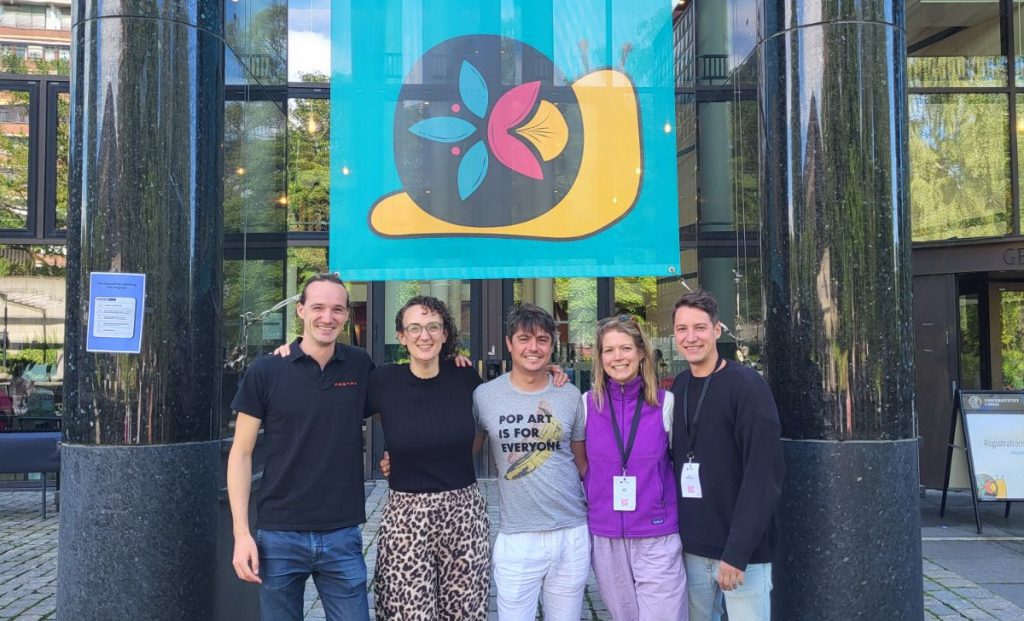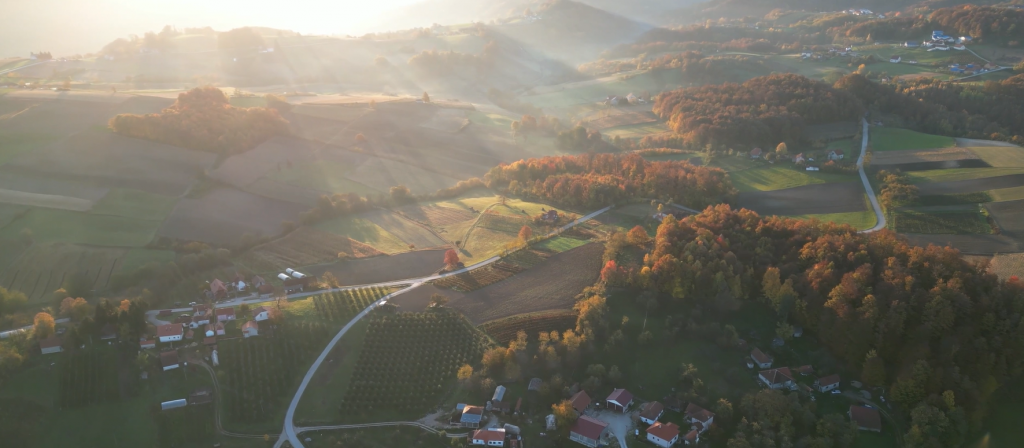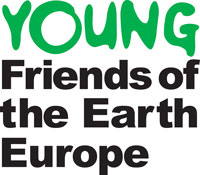Europe must urgently tackle its over-use of the world’s land, finds a new report from Friends of the Earth Europe, released today. [1]
The report, ‘Hidden Impacts’, is based on newly available data and shed lights on Europe’s role as a major user of global land resources.
Europe’s high consumption levels, and insatiable appetite for meat, dairy, textiles and other products that require large areas of land, mean Europe’s ‘land footprint’ remains one of the largest in the world.
The report finds that the EU is importing the equivalent of 1,212,050 square kilometres to meet its demand for food. It means the EU is importing 45% of the land it needs for the production of the food it consumes.
This contributes to climate change, biodiversity loss, and negative social impacts like land-grabbing.
Ariadna Rodrigo, resource use campaigner at Friends of the Earth Europe, said: “Land is one of the most taken-for-granted resources we have. Many people don’t realise the food, paper, furniture, computers, mobile phones and other products we consume in Europe have negative environmental and social impacts, mainly outside our borders. Our overconsumption is directly contributing to communities losing their land, deforestation, climate change and water scarcity.”
Ariadna Rodrigo continued: “The European Union and national governments need to open their eyes to the fact that measuring our land footprint is the first step towards managing and reducing our land consumption levels.”
‘Land footprint’ is made up of the land consumed domestically within a country plus land imported within products such as food and clothing, minus the land which is used for exports.
In all products we consume, we also consume embodied land. For example, the land footprint of a cup of coffee is 4.3 square metres, the land footprint of a car 150 square metres.
Friends of the Earth Europe is calling for Europe to focus on reducing its use of global resources, by implementing an effective system for measuring and reducing our resource use – this will reduce Europe’s social and environmental impacts on the rest of the world, get rid of waste and save money.
In 2011 the European Commission published its ‘Resource Efficiency Roadmap’ which acknowledged that major increases in Europe’s resource efficiency are needed to compensate for growing competition for the world’s resources. [2]
The ‘land footprint’ indicator was supported by all the main parties in the European Parliament as a means of measuring Europe’s use of land. [3] However, the Commission and EU governments have not yet introduced the land footprint as a standard instrument to measure and reduce our land consumption.
– – –
Notes:
[1] The full report ‘Hidden impacts: How Europe’s resource overconsumption promotes global land conflicts’ is available online here.Figures for Europe’s land consumption per country and per capita can be viewed in an interactive infographic.
The study calculates the land footprint of agricultural land use, excluding forestry. This therefore means that Europe’s total land footprint is higher than the figures in the report as they exclude the land used to produce, for example, wood, paper and wood-based biomass for burning.
[2] http://ec.europa.eu/environment/resource_efficiency/about/roadmap/index_en.htm [3] http://www.europarl.europa.eu/sides/getDoc.do?pubRef=-//EP//TEXT+TA+P7-TA-2012-0223+0+DOC+XML+V0//EN






